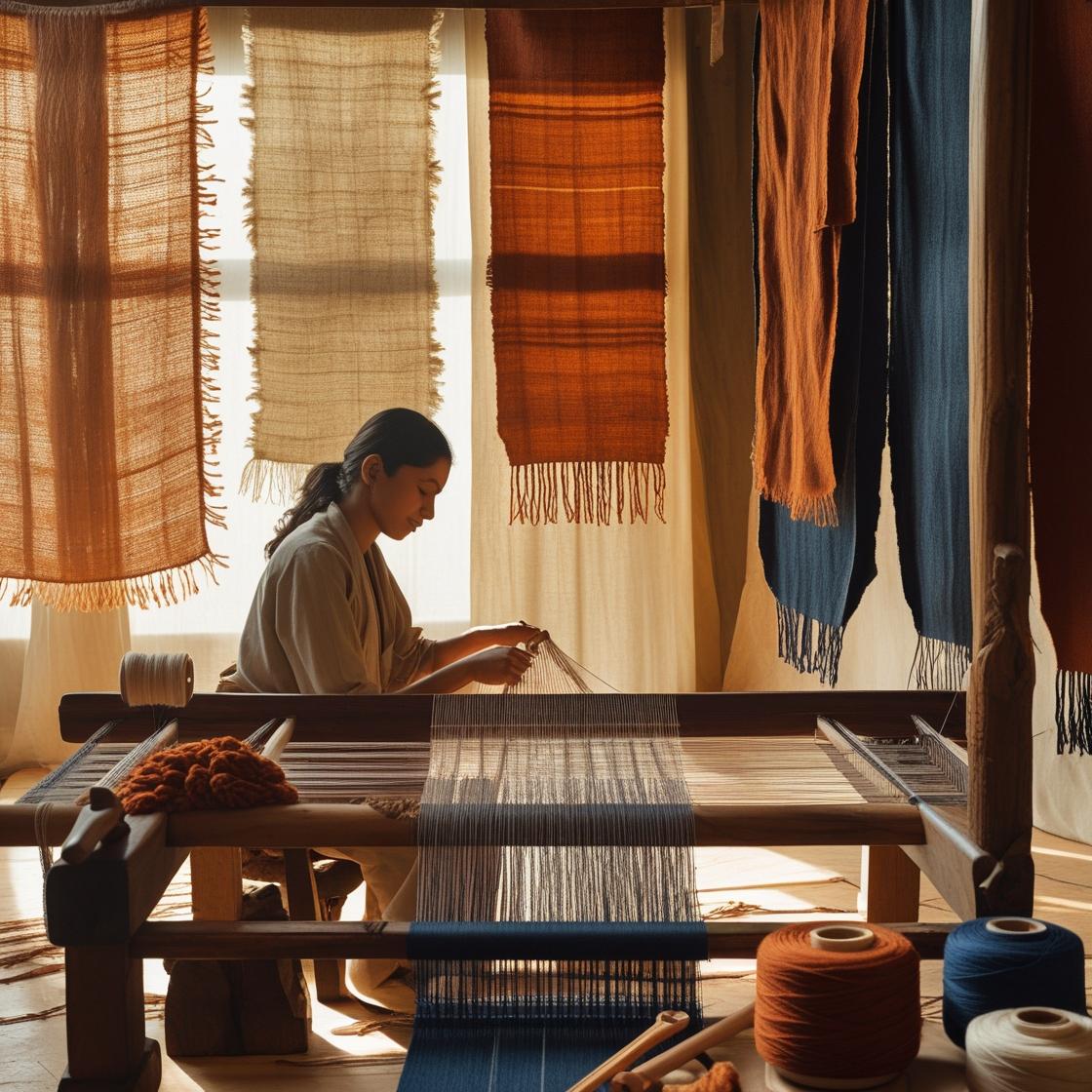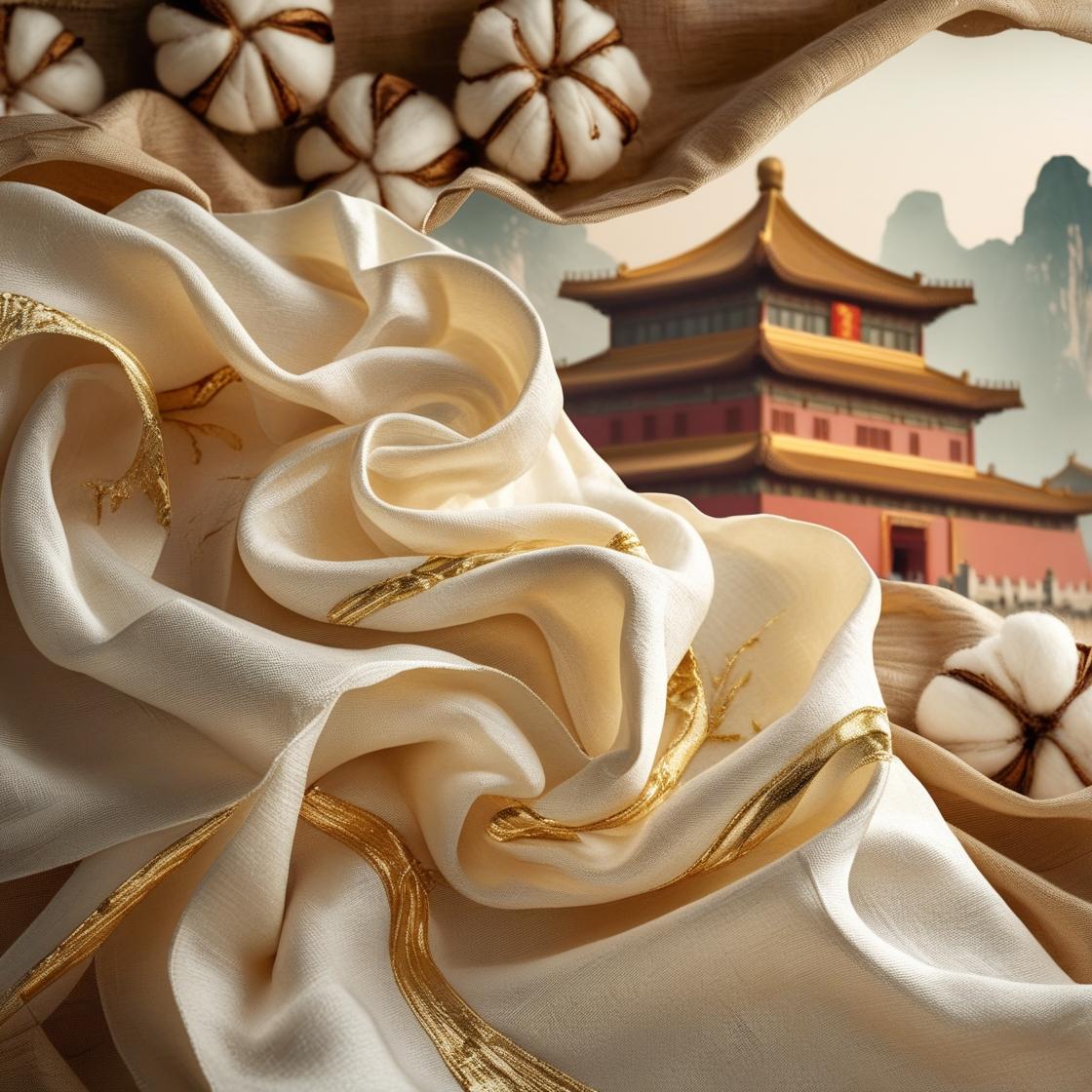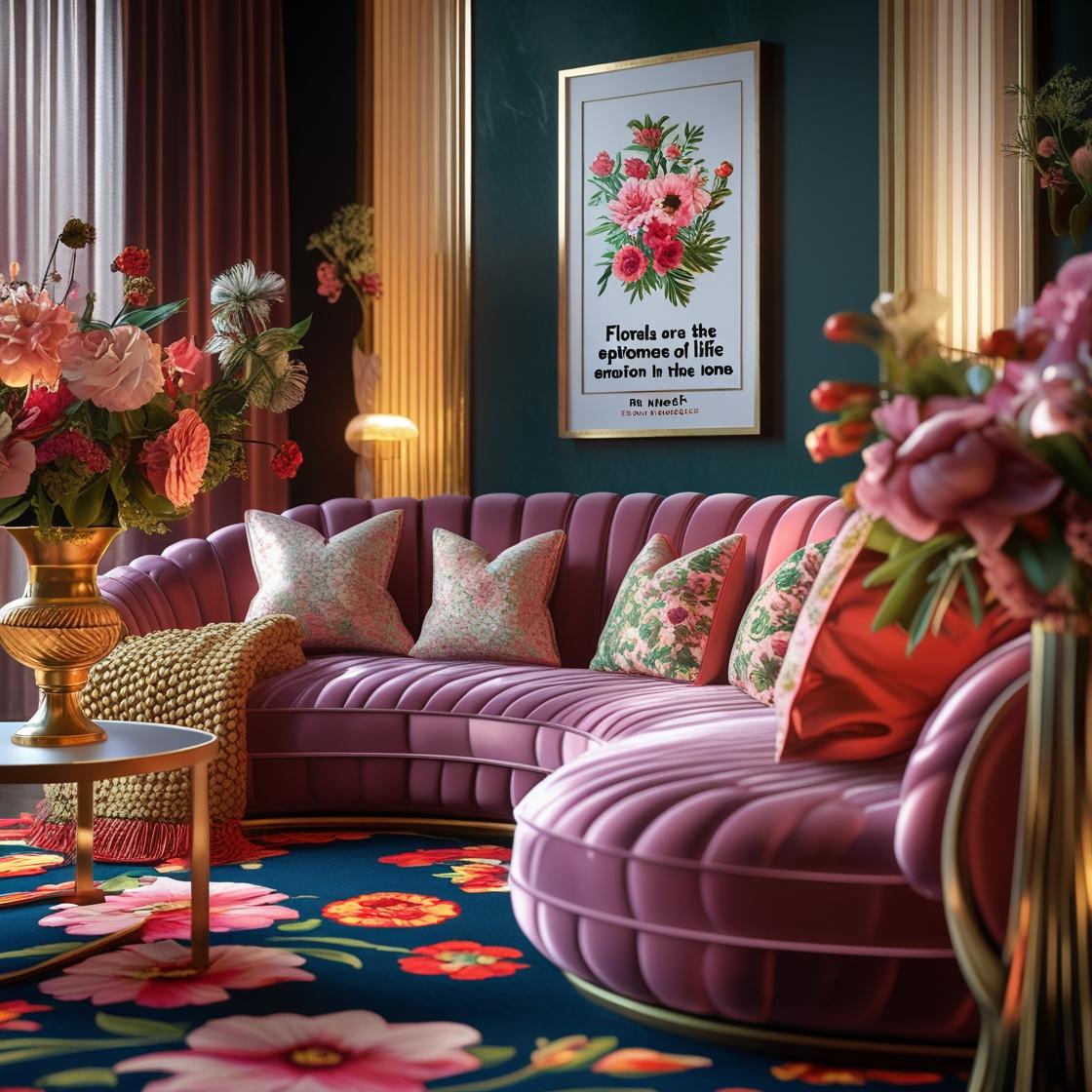Artisan fabrics aren’t just materials. They embody a level of craftsmanship where every detail speaks for itself. They stand as a testament to centuries-old traditions, crafted with expertise and love. Not only that, but the patience poured while making these unique fabric patterns holds artisans' imperfections that are not flaws but signatures of artistry.
Let us explore nine different ways in which artisans leave their signature on every fabric you wear. Because when you wear cultural fabric designs, you not only support the artisans' craftsmanship but also help to preserve the tradition.
9 Distinctive Ways Artisans Sign Their Work On Fabric
-
Handloom weaving
Handloom fabrics are where an artisan's signature truly comes alive. Each and every thread is carefully woven by hand without any use of electricity. What makes it unique from machine fabrics is that no two fabrics are ever the same. The imperfection in artisan textile crafts tells us that the fabric is crafted with patience, pride, and passion.
-
Art Of Hand Embroidery

Each thread in hand embroidery carries the artisan’s rhythm. From zardozi in India to sashiko in Japan. These handmade fabric features are done by artisans using a needle and thread. The unique motifs and the intricate detailing are how a craftsman silently signs their name. Every fabric is touched by hand embroidery, making what you wear not just clothing but a piece of art.
-
The Natural Dyeing Techniques
Natural dyeing techniques breathe life into artisan fabrics. Sourced from earthy materials such as flowers, leaves, roots, and minerals, where each colour holds a story of earth and the hands that transformed it.
These dyes usually react with the material and are one of the handcrafted fabric details, creating rich, uneven tones and subtle textures that no artificial colours can produce. This also makes them sustainable, where one can feel not only like they are wearing natural tones but also like wearing nature itself.
-
Hand-Block Printing
In hand-block printing, each pattern is carved by hand onto wooden blocks, then stamped onto fabric with care in a very skilful manner. Imperfections like varied ink intensity and slight misalignments help in making fabric patterns that are not flaws but the signature of artisan-made clothing. Unlike mass-printed patterns, these hand-block prints are a time-consuming process that is soulful and truly one of a kind.
-
Signature Stitch Patterns
Most cultures often possess signature stitching patterns such as kantha stitching (Bangladesh) and blackwork embroidery (England). It’s not just a technique but a personal language woven into the fabric. These styles are passed down from generation to generation, becoming defining marks in artisan fabrics.
The unique curves and motifs tell you who made it without ever saying a word. Sometimes while designing the fabric, they even produce bewitching textures which often reflect the textile craftsmanship of the artist.
-
Handcrafted Fringes & Tassels

When it comes to cultural fabric designs, fringes and tassels provide a bespoke feel to shawls, scarves, garments, and home textiles. Where two pieces are never identical, making simple edges into a work of art.
Subtle imperfections are those handcrafted fabric details that reveal the human touch behind the craft, such as variations in length, texture, or colour. They act as a final signature, making every piece full of character.
-
Regional Identity In Every Thread
Every thread of artisan fabrics turns textiles into stories, which helps us to know their regional identity. Whether it's the vibrant mirror work from Gujarat or the intricate chikankari of Lucknow, each design reflects the history and soul of its origin. The texture feels more organic when touched with a soft finish, which gives the textile craftsmanship a distinct charm.
-
Storytelling Designs With Personalized Motifs
The personalized motifs on every fabric you wear have a story that speaks louder than any label. No two pieces of handcrafted fabric details are ever truly the same. Every stitch, colour, and symbol reflects the artisan’s hands and emotion, turning a fabric into a wearable soul.
All these personalized motifs are never mass-produced or chosen from a design template; rather, they are born from inspiration, which is sometimes rooted in folklore or personal memories.
-
Limited Edition Nature
Artisan fabrics are always limited in nature because it takes a lot of time, effort, and skill to make them look unique from factory-made textiles, which are widely available in the market. Whereas handloom fabrics are a slow process that is done by a single artisan or a small group. Whether it’s dyed with natural colours or embroidered with signature stitches often depends on the artisan’s skills, materials, and even the weather, which limits the production of such fabrics on a very small scale.
Conclusion
Every fabric holds more than just design; it carries the artisan’s touch. From the first dye to the final stitch, their silent signature is woven in. So next time you wear handmade clothing, remember you’re wearing tradition, skill, and a story crafted by hand.
FAQs:
-
How Is Artisan's Fabric Sustainable In Nature?
The techniques, like natural fibres and dye, make them sustainable. Also makes them environmentally friendly and ethical.
-
How Can One Identify True Handcrafted Fabric Details?
Make sure to look at subtle imperfections that have rich textures. Also, the thread of embroidery speaks to whether it's machine-made or handcrafted.
-
Why Are Artisan Fabrics More Expensive?
Because of the effort and time it takes to create a single design says a lot about the textile craftsmanship, which is limited in nature too.
-
How To Take Care Of Artisan Fabrics?
Most artisan fabrics are delicate, so make sure to hand-wash them or dry clean with a mild detergent. If possible, avoid direct sunlight too.



